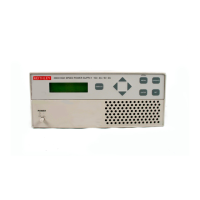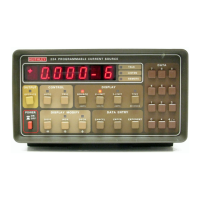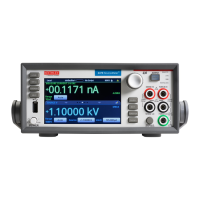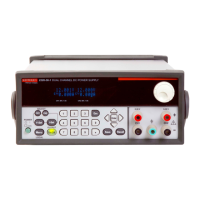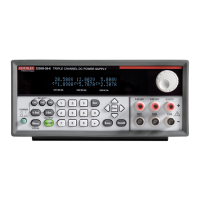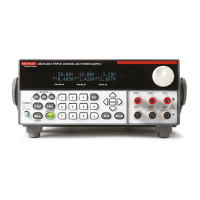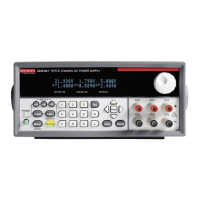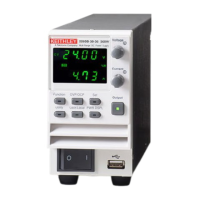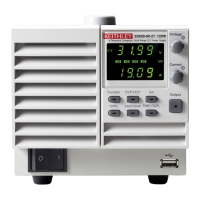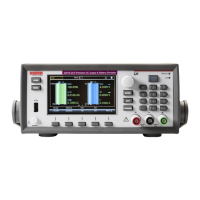3-18 Pulse Current Measurements
For pulse current, a background reading involves looking for the pulse and optionally gener-
ating a reading for the user. The various settings
of SEARch, FAST, and DETect allow the user
to fine tune the function. This enables the function to perform the desired background readings
(if any) between user triggered readings. The default settings (FAST:OFF, SEARch:ON, and
DETect:OFF) allow the pulse current background readings to be taken. If no pulse is present, the
setting of TimeOUT affects how responsive the supply is to bus commands. If a pulse is present,
the search time affects how responsive the supply is to bus commands (refer to Figure 3-4). Table
3-3 contains the available settings for FAST, SEARch, and DETect commands and a description
of the resulting action.
In order to efficiently use FAST, SEARch, and
DETect for pulse current measurements, the
user must know the approximate period of the expected pulse. TOUT (TimeOUT) specifies the
timeout length for searching for the pulse (default setting is 1 second). When the TOUT value
is reached, NO PULSE is displayed (top line of the front panel display) if default settings for
FAST, SEARch, and DETect are used. See Table 3-3 for what is shown on the front panel display
if the default settings are not used. Set the value for TOUT as follows:
TOUT = Sear
ch Time + Period
Search Time
= time allowed for detection of a pulse edge
Period
= time between consecutive pulse edges
In other words, the timeout value should be set to allow sufficient time for detection of the
pulse if the
edge is just missed. In Figure 3-4, (P) is the point to start looking for the pulse. Since
the rising edge was just missed, (D) will be the first
detectable rising edge. If the timeout is less
than search time, a pulse trigger time out (due to TOUT) may occur. Therefore, if the
period = 0.4 seconds, a good TOUT value would be 0.5 seconds. A similar method for selecting
a T
OUT value would be to use a value equal to 105% of the expected pulse period.
Figure 3-4
PCURent and SEARch time for pulse high measurement
R
Period
Search Time
TOUT
D
P
TOUT setting must account for Search Time and Period.
= Search for Pulse High edge started
= Reading time taken
= Detected pulse edge (Rising for pulse high
measurements)
Search Time:
Measured from when unit starts looking for the
pulse until the first detectable desired edge. This
is a rising edge for HIGH and AVG measurements,
and falling edge for LOW measurements.
Period: Time between consecutive pulse edges.
P
R
D
NOTES • If a pulse is not present, timeout needs to elapse (TOUT). This (TOUT elapsing)
paces the unit for processing bus commands.
Test Equipment Depot - 800.517.8431 - 99 Washington Street Melrose, MA 02176
TestEquipmentDepot.com
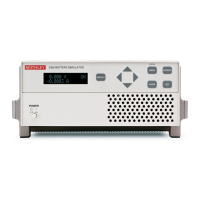
